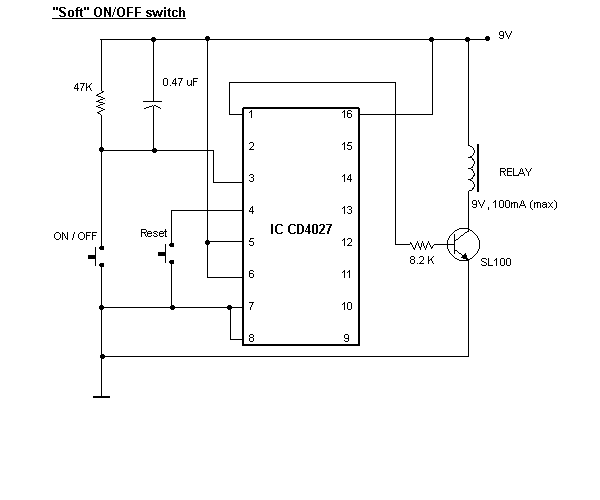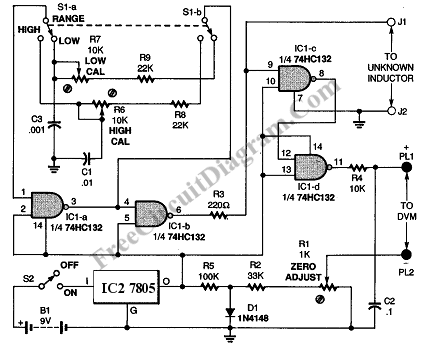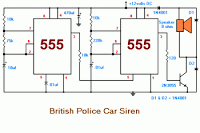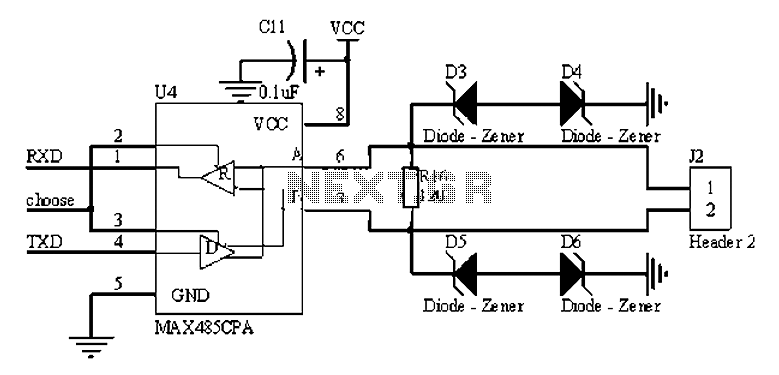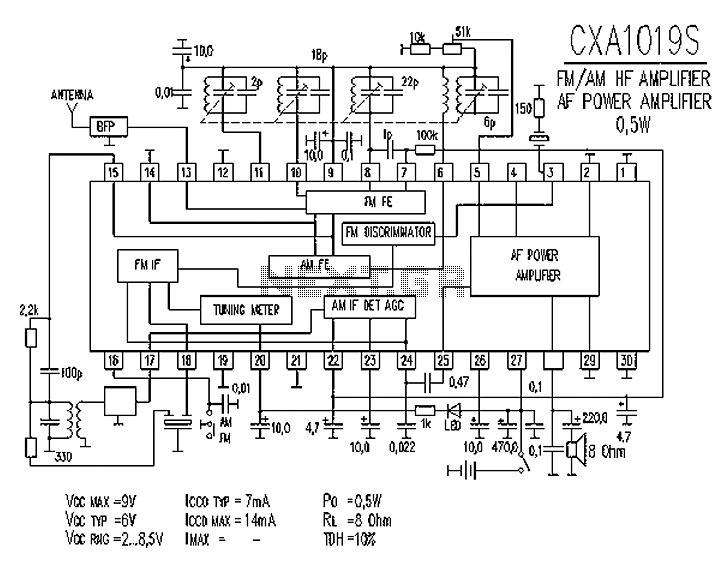
smps circuit diagram
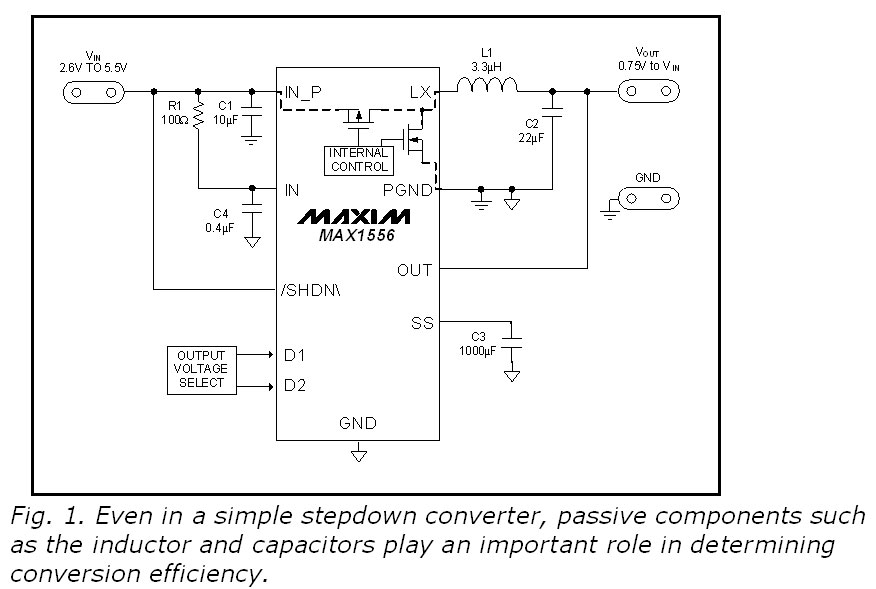
This blog provides insights into SMPS (Switched-Mode Power Supply) circuit diagrams. It offers valuable information for those interested in understanding this topic.
Switched-Mode Power Supplies (SMPS) are crucial in modern electronic devices due to their efficiency and compact design. An SMPS converts electrical power efficiently by switching the input voltage on and off rapidly, which reduces energy loss and heat generation compared to traditional linear power supplies.
The basic components of an SMPS circuit include a transformer, switching device (usually a MOSFET), diode, and filter capacitors. The circuit typically operates in one of several modes, such as buck (step-down), boost (step-up), or buck-boost, depending on the desired output voltage relative to the input voltage.
In a typical SMPS circuit diagram, the input voltage is first rectified and filtered to provide a stable DC voltage. The switching device is then controlled by a pulse-width modulation (PWM) signal, which adjusts the duty cycle to regulate the output voltage. The transformer is used to isolate the input from the output and can also step up or step down the voltage as required. The output is rectified and filtered to provide a smooth DC voltage to the load.
Safety features are also integral to SMPS designs, including over-voltage protection, over-current protection, and thermal shutdown mechanisms to prevent damage to the circuit and connected devices. Understanding the schematic and operation of an SMPS is essential for engineers and technicians working in electronics, as it is a fundamental component in power management for various applications, including computers, televisions, and industrial equipment.Welcome to my small blog, This blog explains a few things about smps circuit diagram, and if you`re interested, then this is worth reading, because.. 🔗 External reference
Switched-Mode Power Supplies (SMPS) are crucial in modern electronic devices due to their efficiency and compact design. An SMPS converts electrical power efficiently by switching the input voltage on and off rapidly, which reduces energy loss and heat generation compared to traditional linear power supplies.
The basic components of an SMPS circuit include a transformer, switching device (usually a MOSFET), diode, and filter capacitors. The circuit typically operates in one of several modes, such as buck (step-down), boost (step-up), or buck-boost, depending on the desired output voltage relative to the input voltage.
In a typical SMPS circuit diagram, the input voltage is first rectified and filtered to provide a stable DC voltage. The switching device is then controlled by a pulse-width modulation (PWM) signal, which adjusts the duty cycle to regulate the output voltage. The transformer is used to isolate the input from the output and can also step up or step down the voltage as required. The output is rectified and filtered to provide a smooth DC voltage to the load.
Safety features are also integral to SMPS designs, including over-voltage protection, over-current protection, and thermal shutdown mechanisms to prevent damage to the circuit and connected devices. Understanding the schematic and operation of an SMPS is essential for engineers and technicians working in electronics, as it is a fundamental component in power management for various applications, including computers, televisions, and industrial equipment.Welcome to my small blog, This blog explains a few things about smps circuit diagram, and if you`re interested, then this is worth reading, because.. 🔗 External reference
